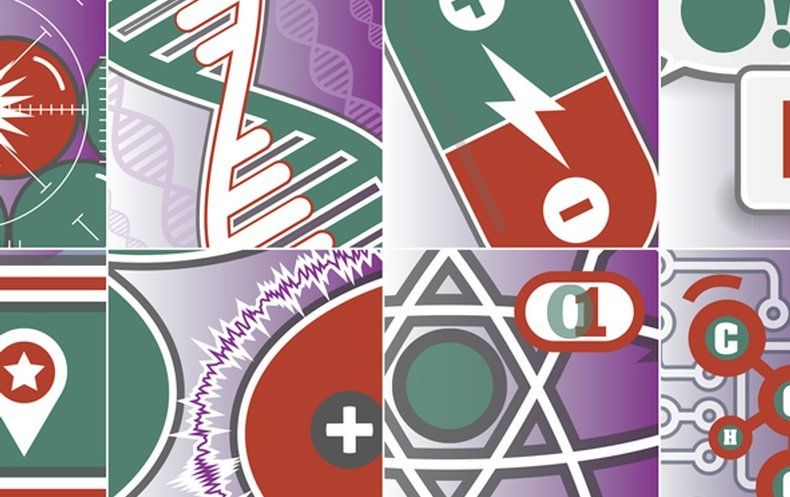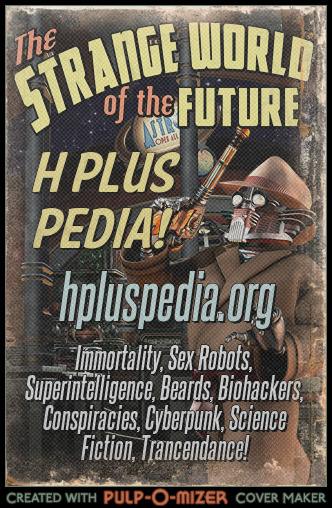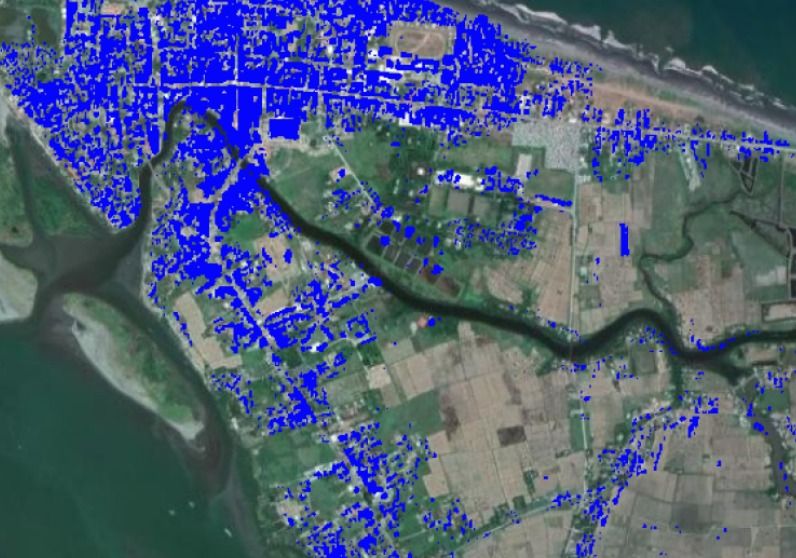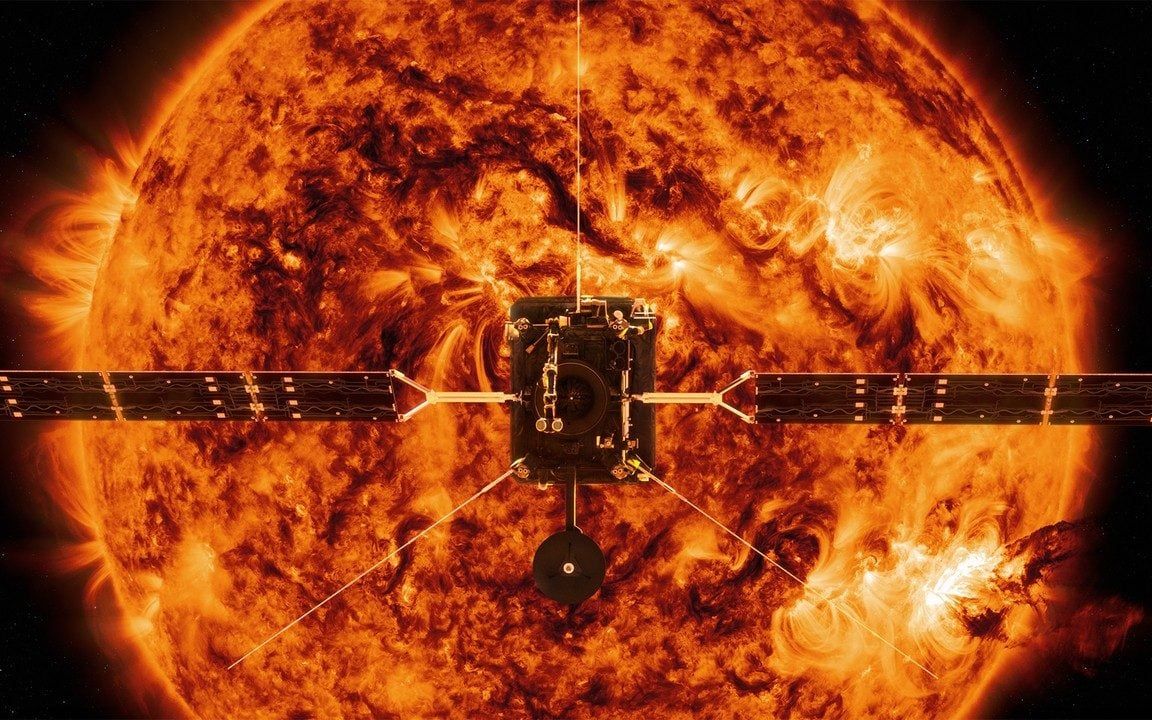Dr. Willem-Jan Renger, head of the Innovation Studio at HKU University of the Arts Utrecht, is driving citizen engagement in smart city planning using methods generally seen in computer game creation, as part of an international consortium of cities, IRIS.
Why do we need to engage citizens in urban planning?
The most important thing to know [when planning a city] is what do citizens want… What do they need? If we start talking to people, they bring key concerns that they have on their level to the table. One such concern in Utrecht was there’s some street racing going on and some nasty incidents. When we were dealing with issues that the citizens had put forward, traffic safety was something we considered combining with smart street lighting solutions by creating some clever combinations to help pedestrians to cross the street, for example, or give cars feedback on the basis of their driving.









